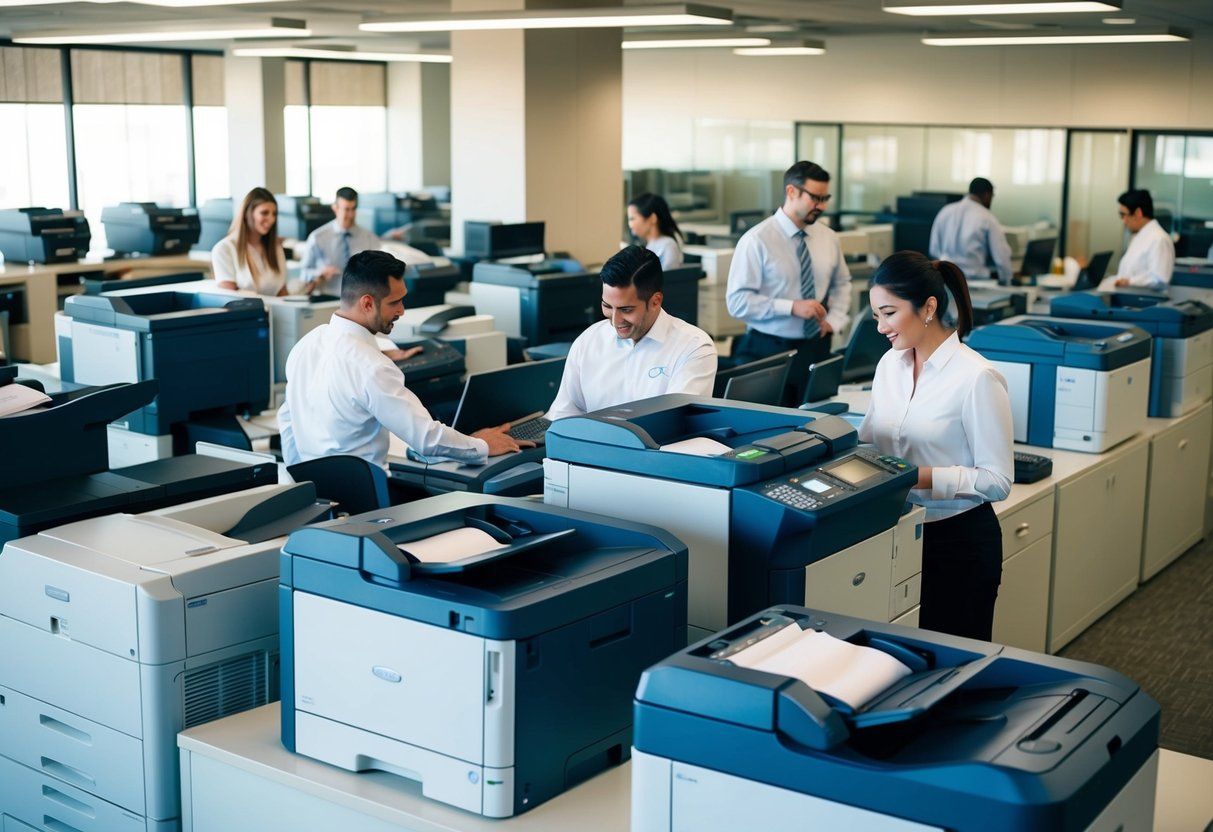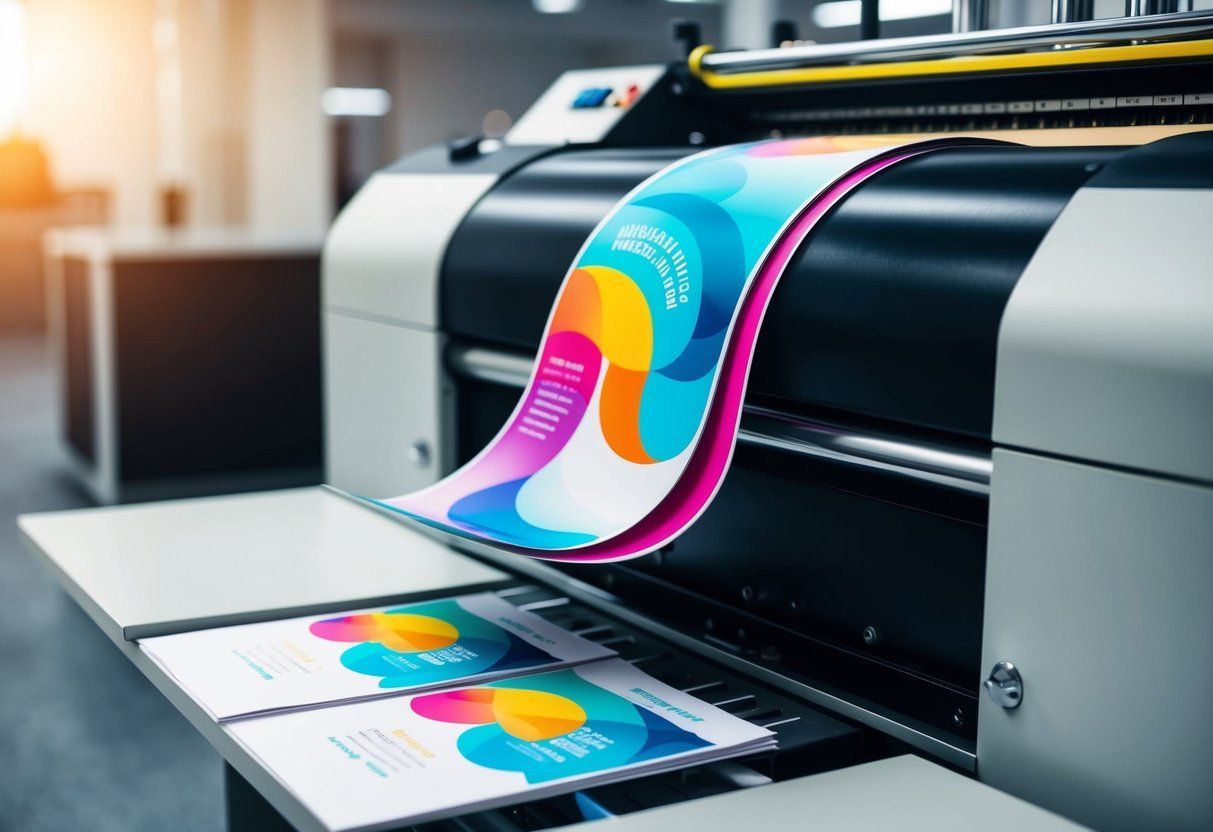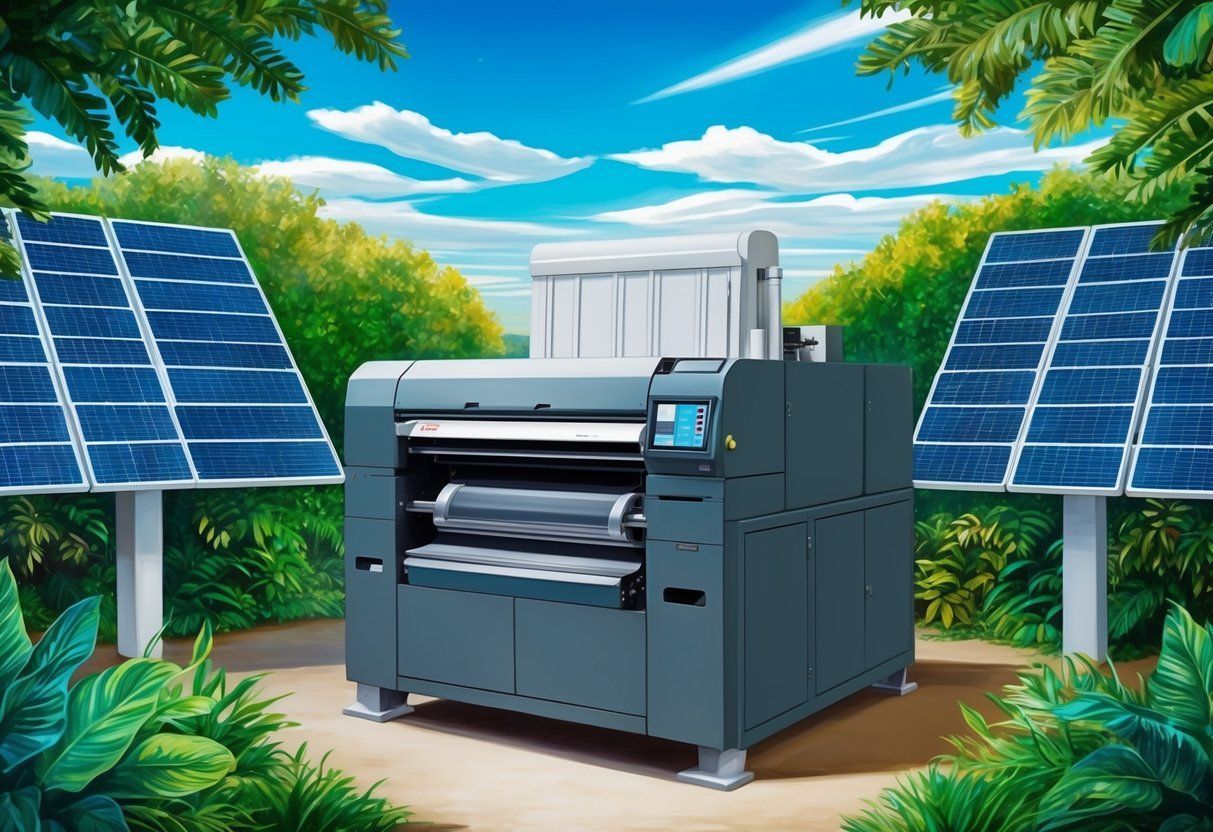A Beginner’s Guide to Creating Stunning Photobooks: Tips for Personal or Professional Use
Photobooks are a great way to showcase your photography skills and create a tangible collection of your memories. Whether you’re a beginner or a professional photographer, creating a stunning photobook can be a rewarding experience. With the right tools and guidance, you can turn your photographs into a beautiful and personalized photobook.

For beginners, creating a photobook may seem like a daunting task. But fear not, with the right guidance, anyone can create a stunning photobook. This guide will take you through the process of creating a photobook step-by-step, from selecting the right photographs to choosing the perfect layout and design.
Learning the basics of photography is essential to creating a great photobook. Understanding the principles of composition, lighting, and exposure can help you capture the perfect shot. This guide will also provide tips for beginners on how to improve their photography skills and take better photographs for their photobook. So, whether you’re a beginner or an experienced photographer, this guide will provide you with the knowledge and tools to create a stunning photobook.
Understanding the Basics of Photography
Photography is an art that involves capturing images using a camera. To create stunning photobooks, it is essential to have a good understanding of the basics of photography. This section covers the importance of light, mastering exposure, and the role of aperture and shutter speed.
The Importance of Light
Light is the most critical element in photography. Understanding how light works and how to use it to your advantage is crucial in creating great photos. The direction, quality, and intensity of light can significantly affect the outcome of a photo.
For instance, shooting during the golden hour, which is the first and last hour of sunlight, can produce warm and soft light, perfect for creating stunning portraits. On the other hand, shooting during midday when the sun is high in the sky can produce harsh and unflattering shadows.
Mastering Exposure
Exposure refers to the amount of light that enters the camera and hits the sensor. Mastering exposure is essential in creating well-exposed photos. A well-exposed photo has the right amount of brightness, contrast, and detail.
To achieve the correct exposure, you need to balance three elements: aperture, shutter speed, and ISO. Aperture controls the amount of light that enters the camera, shutter speed controls the duration of the exposure, and ISO controls the camera’s sensitivity to light.
The Role of Aperture and Shutter Speed
Aperture and shutter speed are two critical elements in photography. Aperture refers to the size of the opening in the lens that allows light to enter the camera. The aperture is measured in f-stops, and the lower the number, the wider the opening, and the more light enters the camera.
Shutter speed, on the other hand, refers to the duration of the exposure. A fast shutter speed freezes motion, while a slow shutter speed creates motion blur. Shutter speed is measured in seconds or fractions of a second.
In conclusion, understanding the basics of photography is essential in creating stunning photobooks. Mastering exposure, understanding light, and knowing the role of aperture and shutter speed are crucial in creating well-exposed and visually appealing photos.
Exploring Different Photography Genres
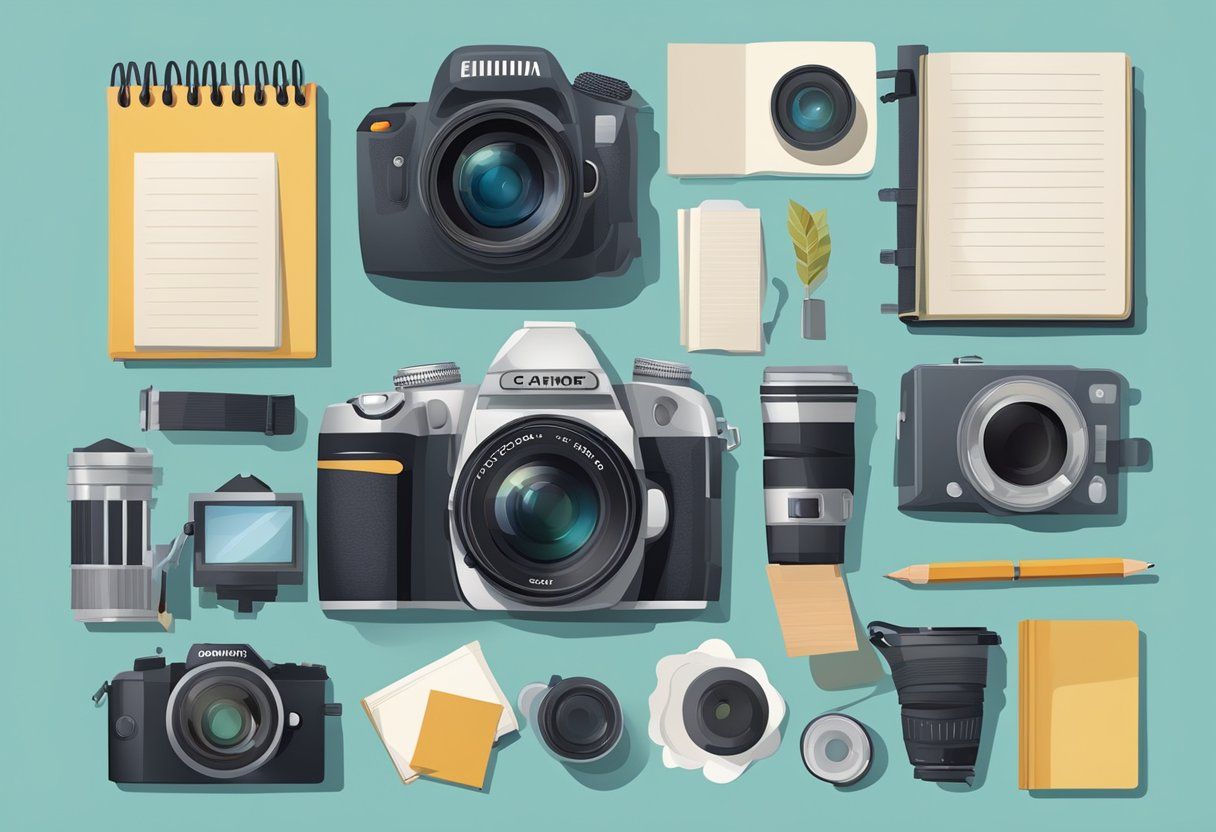
Photography is a versatile art form that allows individuals to capture moments and emotions in a single frame. There are several photography genres that one can explore to showcase their creativity and skills. In this section, we will explore some of the most popular photography genres and what makes them unique.
The Art of Portrait Photography
Portrait photography is all about capturing the essence of a person’s personality and character. It involves taking photographs of individuals, couples, or groups in a variety of settings and poses. Portrait photography requires a good understanding of lighting, composition, and posing techniques to create stunning images that reflect the subject’s personality.
Capturing the Essence of Street Photography
Street photography is a genre that captures candid moments of everyday life in public spaces. It involves taking photographs of people, buildings, and objects in urban environments. Street photographers need to be quick and observant to capture the right moment, and they often use black and white photography to create a timeless and gritty feel.
The Beauty of Landscape Photography
Landscape photography is all about capturing the beauty of nature. It involves taking photographs of mountains, oceans, forests, and other natural landscapes. Landscape photographers need to have a good understanding of lighting, composition, and depth of field to create stunning images that convey a sense of awe and wonder.
In conclusion, exploring different photography genres can help beginners discover their strengths and interests. Whether one is interested in portrait photography, street photography, or landscape photography, there is always something new to learn and discover. With practice and dedication, anyone can create stunning photobooks for personal or professional use.
Photography Techniques and Skills Development
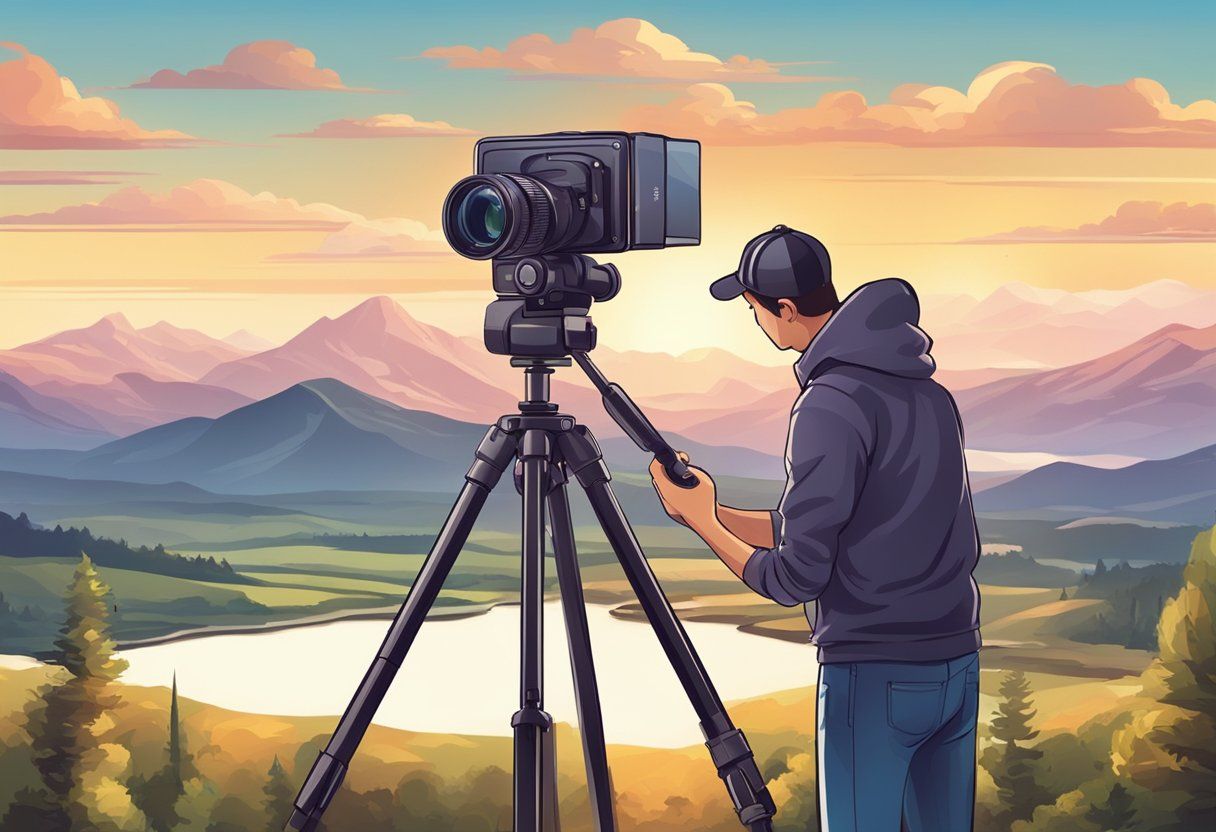
Developing Your Photography Skills
To create stunning photobooks, it is important to have a strong foundation in photography skills. Beginners should focus on understanding the basics of composition, lighting, and exposure. They can practice by taking photos of different subjects in various lighting conditions and experimenting with different camera settings.
Intermediate photographers can advance their skills by learning about advanced composition techniques, such as the rule of thirds and leading lines. They can also experiment with different lenses and camera angles to create unique perspectives.
Creative Use of Lighting
Lighting plays a crucial role in photography, and mastering it can help create stunning photobooks. Natural light is great for capturing outdoor scenes, but when shooting indoors, it is important to use artificial lighting, such as flash photography.
Advanced photographers can experiment with creative lighting techniques, such as backlighting and silhouettes, to add depth and drama to their photos.
Advancing with Photo Editing
Photo editing can help enhance the quality of photographs and bring out the best in them. Beginners can start with basic editing tools, such as adjusting brightness and contrast, cropping, and removing blemishes.
Intermediate photographers can advance their editing skills by learning about color correction, selective editing, and using filters to create unique effects.
Overall, improving photography skills, mastering lighting techniques, and advancing photo editing skills can help create stunning photobooks that are sure to impress.
Learning from the Masters
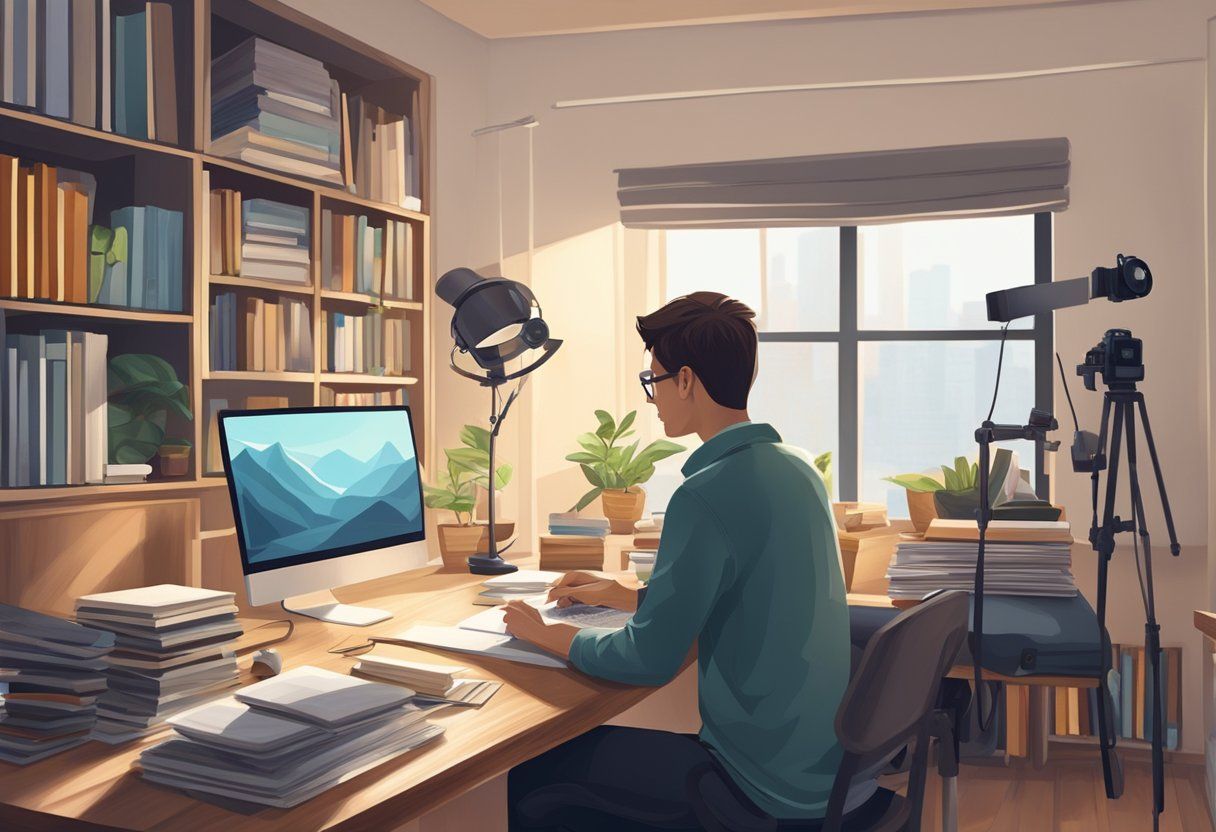
Photography is an art form that requires both technical skills and a creative eye. To create stunning photobooks, one must learn from the masters who have perfected this craft. In this section, we will explore some of the works of famous photographers and analyze their iconic photographs.
Inspirational Works by Famous Photographers
Annie Leibovitz is a renowned photographer who has captured some of the most iconic images of our time. Her work is known for its unique style and powerful storytelling. One of her most famous photographs is the portrait of John Lennon and Yoko Ono, which was taken just hours before Lennon’s tragic death. This photograph is a testament to Leibovitz’s ability to capture raw emotion and tell a story through her images.
Ansel Adams is another famous photographer who is known for his stunning landscape photographs. His use of black and white film and his mastery of light and shadow have made his photographs some of the most recognizable in the world. One of his most famous photographs is “Moon and Half Dome,” which captures the beauty of Yosemite National Park in California.
Analyzing Iconic Photographs
Henri Cartier-Bresson is considered one of the fathers of modern photojournalism. His ability to capture candid moments and tell a story through his images has influenced generations of photographers. One of his most famous photographs is “Behind the Gare Saint-Lazare,” which captures a man leaping over a puddle in Paris. This photograph is a perfect example of Cartier-Bresson’s “decisive moment” philosophy, where he believed that a photographer must capture the perfect moment when all elements align.
Vivian Maier is a lesser-known photographer whose work was discovered after her death. Her street photography captures the essence of everyday life in the mid-20th century. One of her most famous photographs is “Self-Portrait,” which captures Maier’s reflection in a store window. This photograph is a testament to Maier’s ability to capture beauty in the mundane.
In conclusion, by studying the works of famous photographers such as Annie Leibovitz, Ansel Adams, Henri Cartier-Bresson, and Vivian Maier, one can learn valuable techniques and gain inspiration for creating stunning photobooks.
Turning Passion into Profession
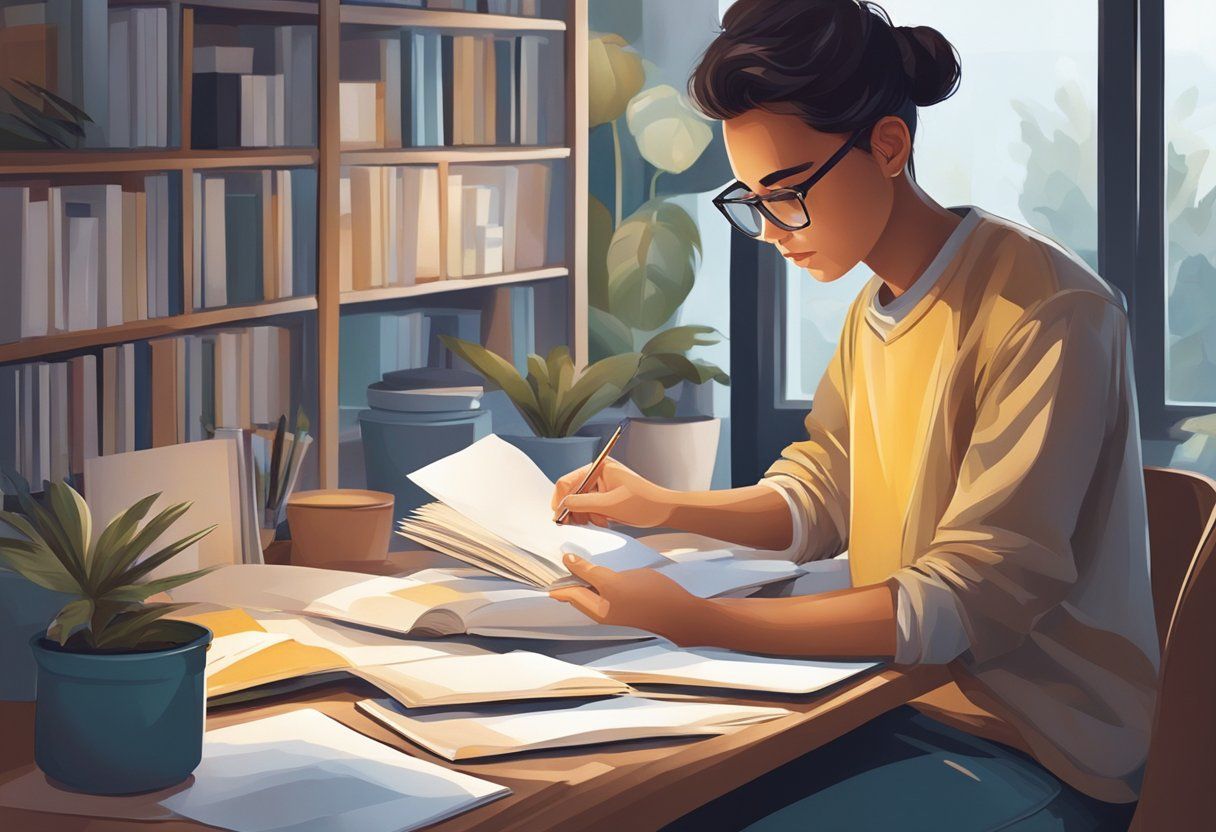
For those who have a passion for photography, turning it into a profession can be an exciting and rewarding journey. Creating photobooks is a great way to showcase your talent and build a business around it. Here are some tips to help you turn your passion into a profession.
Building a Photography Business
Building a photography business requires a lot of planning and preparation. Here are some steps to get started:
- Define your niche: Determine what type of photography you want to specialize in, such as weddings, portraits, landscapes, etc.
- Invest in equipment: Purchase high-quality equipment that is appropriate for your niche.
- Set up a studio: Create a space that is conducive to your photography style and provides a comfortable environment for clients.
- Establish pricing: Determine your pricing structure and ensure that it is competitive in the market.
- Create a portfolio: Build a portfolio of your best work to showcase your talent to potential clients.
Marketing Your Photobooks
Marketing is a crucial aspect of building a successful photography business. Here are some ways to effectively market your photobooks:
- Utilize social media: Use platforms such as Instagram, Facebook, and Twitter to showcase your work and reach potential clients.
- Attend events: Attend photography events and trade shows to network with other professionals and showcase your work.
- Offer promotions: Offer discounts or special promotions to attract new clients and generate buzz.
- Collaborate with other businesses: Collaborate with other businesses such as wedding planners and event coordinators to expand your reach.
In conclusion, turning your passion for photography into a profession requires dedication and hard work. By following these tips and staying committed to your craft, you can build a successful photography business and create stunning photobooks for personal or professional use.
Frequently Asked Questions
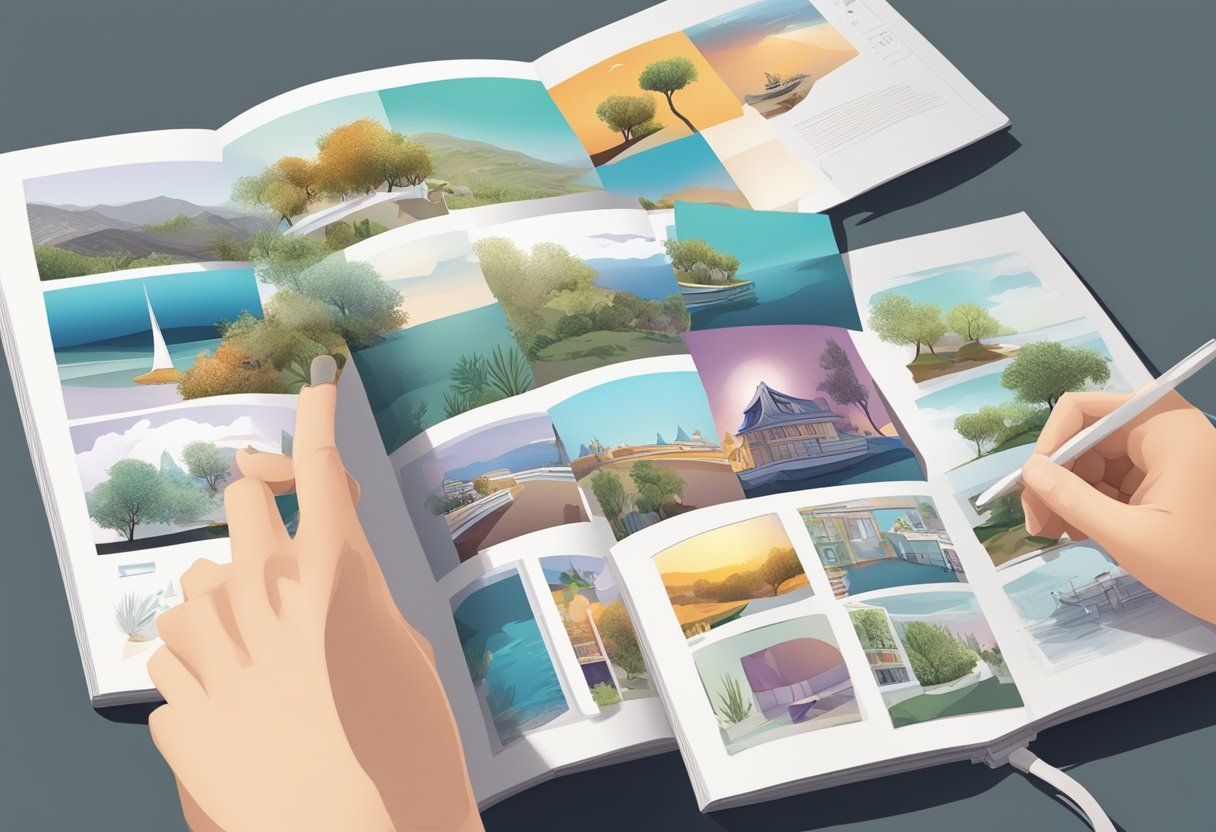
What are the essential steps to crafting a DIY photo album?
Crafting a DIY photo album involves several essential steps. First, select the photos that you want to include in your album. Next, organize them in a logical order and choose a theme or concept for your album. Then, pick a size and format for your album, as well as any additional materials or embellishments you want to include. Finally, assemble your album and enjoy your finished product.
Which binding methods are recommended for homemade photo books?
There are several binding methods that are recommended for homemade photo books. Some popular options include spiral binding, ring binding, and saddle stitching. Each method has its own advantages and disadvantages, so it’s important to choose the one that best fits your needs and preferences.
Can you provide creative DIY photo book ideas for a unique presentation?
Yes, there are many creative DIY photo book ideas that you can use to create a unique and personalized presentation. For example, you could create a photo book that tells a story or documents a specific event or trip. You could also experiment with different layouts, colors, and materials to create a visually striking and memorable album.
How can I create a professional-quality photobook using my phone?
Creating a professional-quality photobook using your phone is easier than you might think. There are several apps available that allow you to create and customize your own photo books using your phone’s camera and editing tools. Some popular options include Shutterfly, Snapfish, and Mixbook.
What are the best practices for designing an effective photo book layout?
When designing an effective photo book layout, it’s important to keep a few best practices in mind. First, choose a consistent theme or color scheme that ties your photos together. Next, use a variety of layouts and photo sizes to create visual interest and keep the viewer engaged. Finally, pay attention to the flow and pacing of your book, and use text and captions sparingly to enhance the overall experience.
Which online platforms are highly regarded for creating and printing photobooks?
There are several online platforms that are highly regarded for creating and printing photobooks. Some popular options include Shutterfly, Snapfish, Mixbook, Blurb, and Artifact Uprising. Each platform offers its own unique features and benefits, so it’s important to do your research and choose the one that best fits your needs and budget.…
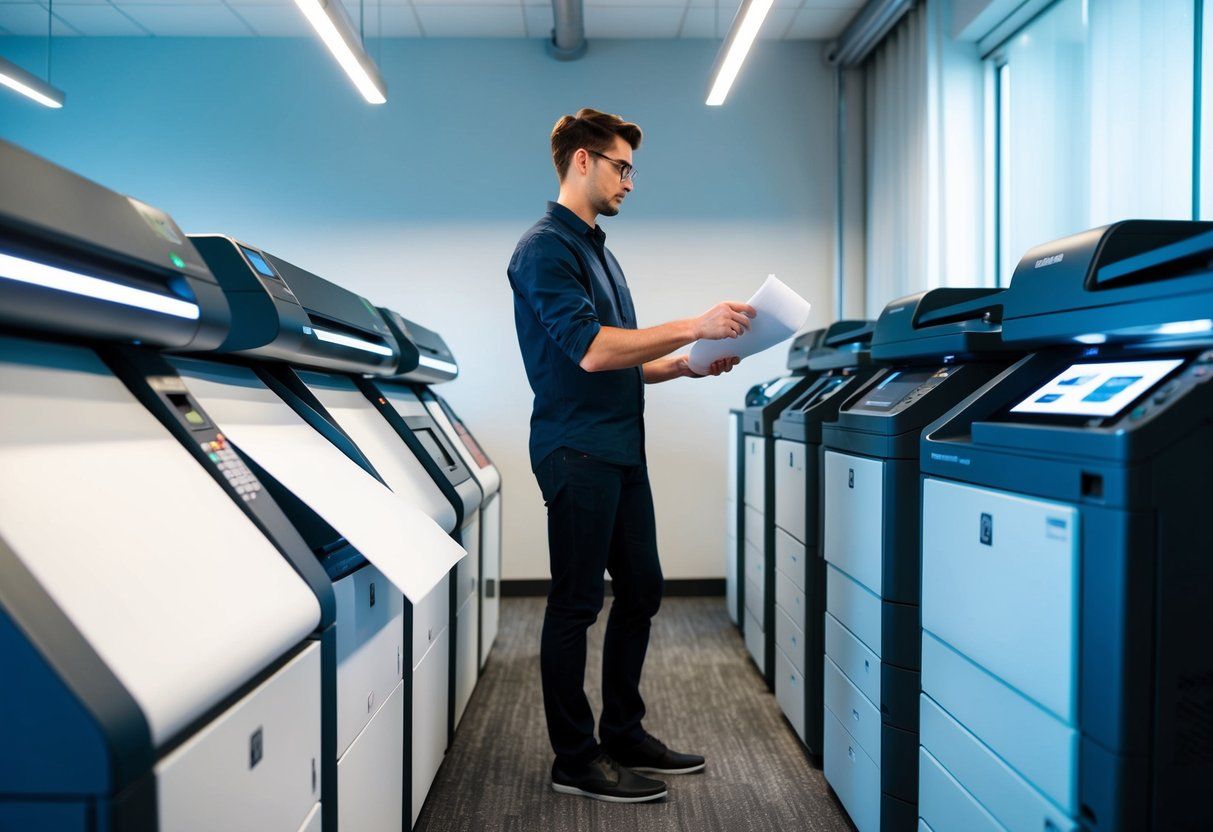
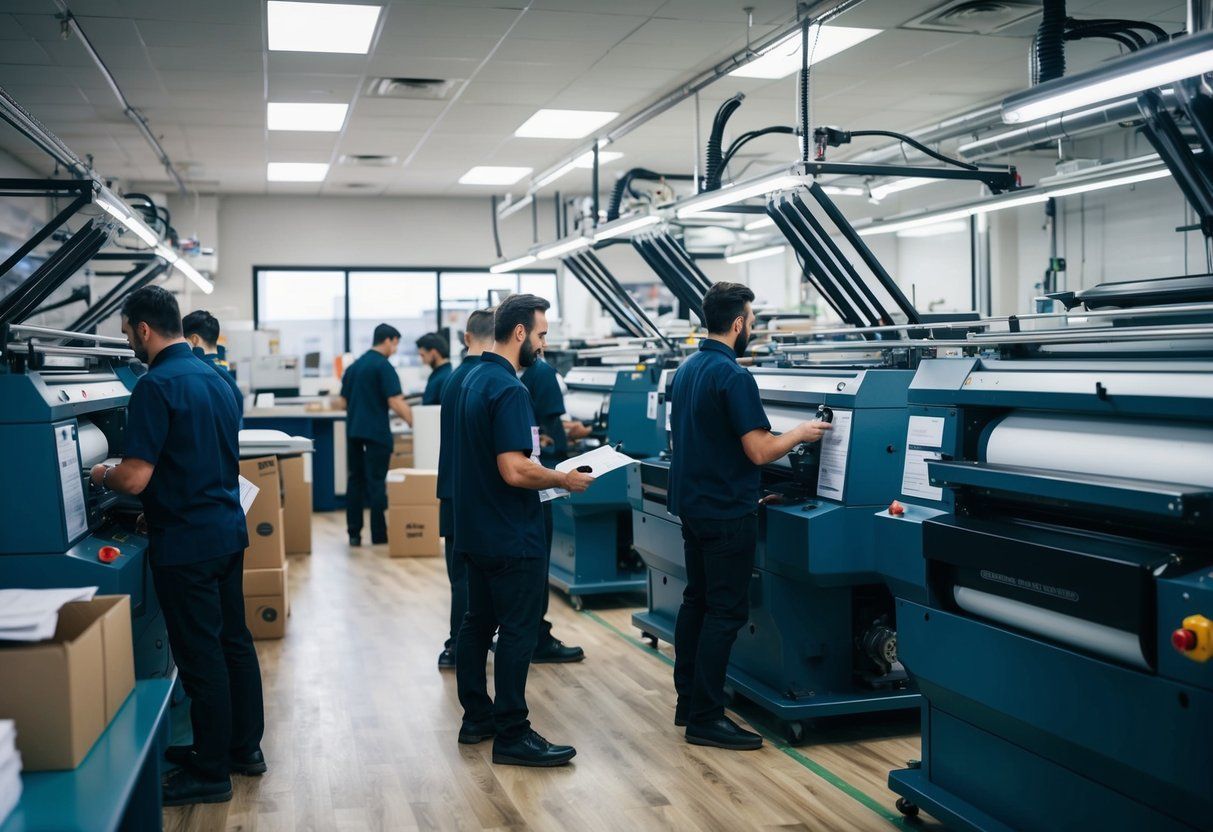
Ready to get started?
Call Main Graphics at 949-788-6100 For Your Free Consultation With A Printing Expert!
Get A Free Quote
All Rights Reserved | Main Graphics



